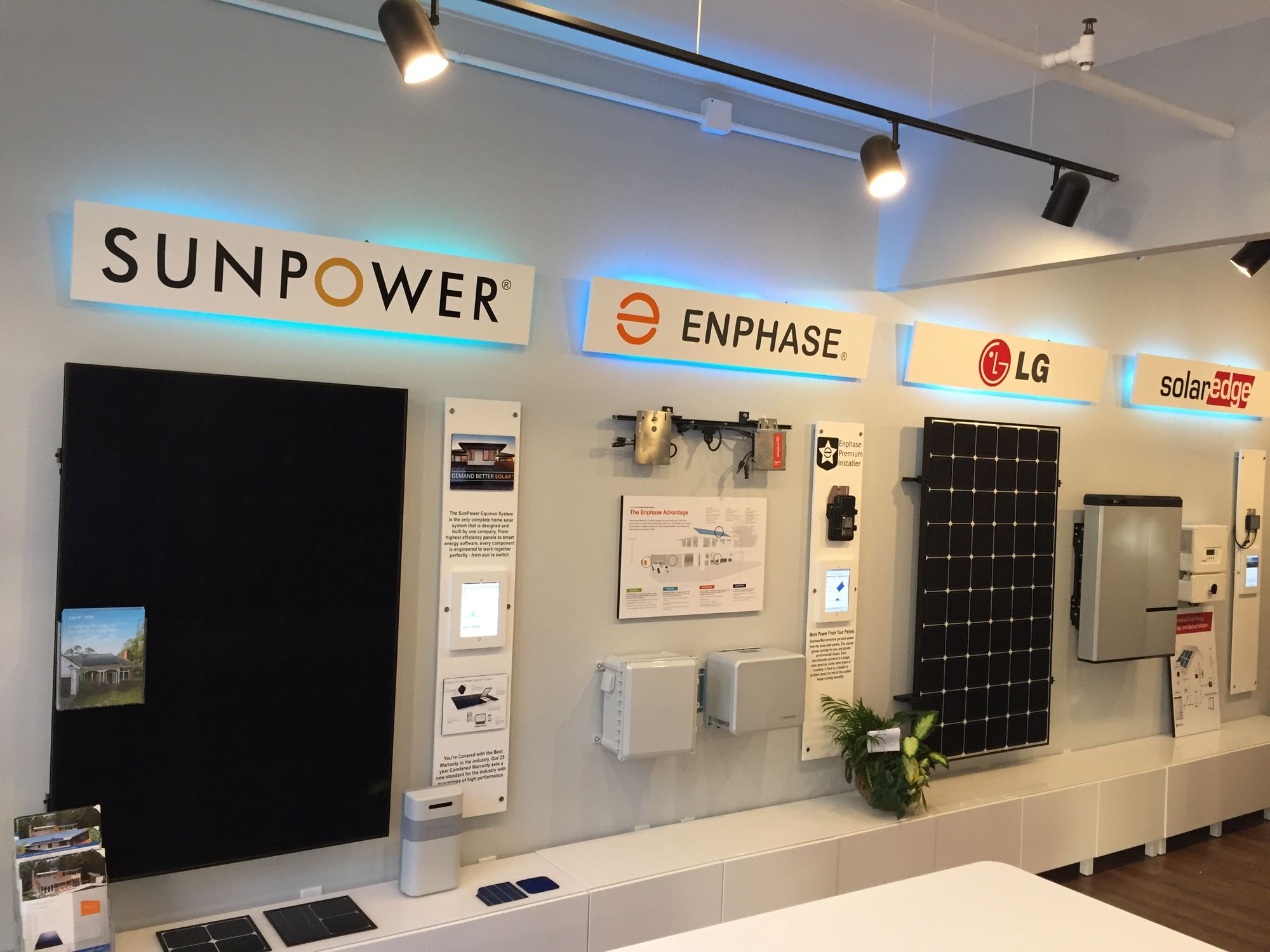COVID-19, and all the restrictions that went with it, was a curveball for the entire world. As a result, solar developers across the globe have tried a variety of strategies to figure out how to grow in spite of the uncertainty. The team at Folsom Labs surveyed 50 of our customers worldwide to find out what changes each of them had made in order to survive and grow through COVID.
In many cases, the pandemic creates a change that seems negative on its surface – though a solar company is able to find a way to turn it into an opportunity for a new business model or marketing strategy. Here are the three most interesting new sales & marketing techniques we found, that could be worth trying elsewhere.
Specialization on the Sales Engineering Team, Enabled by Zoom Meetings
Selling solar is getting increasingly complicated. It now includes understanding storage, financing, and increasingly complex utility tariffs – and that’s ignoring the underlying complexity of the PV system itself. While every salesperson is trying to master the details of the system they are selling, the changing nature of the industry makes that challenging – plus, when a team is scaling rapidly, there are often a number of salespeople who are relatively new.
Solar teams all have veterans who know the technology down cold. But it is difficult for those experts to provide full coverage for the sales team, who are typically out speaking with customers all day. At best, they’ll get a debrief at the end of the day, and sometimes have to schedule a follow-up site visit in order to follow up on something the salesperson might have missed. Or if a customer asks a particularly difficult question, the salesperson may take an entire turnaround cycle to discuss with the engineering team, and then get back to the customer days or even weeks later.
With the shift of meetings to Zoom and online sales and design software such as HelioScope, some solar companies have been able to turn this process on its head, and gain much more leverage from their experts. This can take different forms:
• The expert might be officially scheduled to join a meeting as a ride-along to dive deeper into technical questions
• The expert might be a “hot-call”, where the salesperson reaches out to them during the meeting to ask them to join at the end for a consultation on the specific technical topic.
• The expert may be a specific topical area expert, for example a financial products expert who joins a call for a specific consultation on whether financing is a fit for the client. In this case, the expert might not even be an employee of the solar company, but instead someone who works at a financial partner.
In this case, the expert can support far more sales reps, since they no longer have to worry about driving around to join a meeting in person. There is also a big advantage for the salespeople, as they are able to learn from the pro, and get down their own learning curve faster than if they were running the meetings solo.
As a result, we have heard from people who are supporting 7-10 reps simultaneously, as a single expert. Of course, it comes down to the specific processes and people that a team has. But the unifying theme in these cases is that these companies are using the pandemic to re-optimize their sales process to better leverage their experts.
Solar Showrooms
In 2020 and 2021, all anyone seems to talk about is digitization. So why would a solar company be opening up a solar showroom? It seems counterintuitive since so much of the macro trends are toward virtualization, automation, and digitization. Yet in a few countries, including Spain, Colombia, and South Africa, solar companies are opening up physical showrooms.
A showroom can actually contribute at multiple stages of the solar/storage sales process. It can generate interest from new customers at the very top of the funnel. It can help customers get educated as they go through their purchase decision (this is the most commonly-cited motivation among solar companies we spoke with). And finally, it can serve as an ideal location for the final “closing” meeting, allowing the salesperson to control the timing of closing the deal.
Showrooms also are a great opportunity to make the case for premium products: while glossy brochures are nice, it’s hard to substitute for the ability to physically see the difference between a premium solar module versus a more value-oriented module. Additionally, with many retail stores being decimated due to the pandemic, there are opportunities to secure retail space at a relative bargain. Again, a setback from the pandemic can be turned into an opportunity by an enterprising solar company.
Given the high-dollar-value of a solar array, these solar companies can comply with all social distancing guidelines while still running a profitable showroom – it doesn’t take that many closed deals to make the economics of a showroom pencil out.
Multiple Product Lines
For many companies, the path to resiliency is through redundancy, and that redundancy became particularly critical during COVID. We’re in the “solar-plus” decade, which includes storage, electric vehicles, LED lighting, and building energy management systems.
The primary reason to include these other systems is to provide a better, more tailored solution to the customer. Additionally, by offering a broader product set, developers can increase their average ticket per project, boosting revenue. But there are two other benefits to this approach that often go overlooked:
• Multiple new-customer paths. When you have a solar business, then each month you are talking with the people who are interested in going solar. But if you also have an LED business, then you are also talking with customers who show up because of their interest in LEDs. Any note that many of those “LED customers” can ultimately become solar customers – so really, these additional business lines can have a fairly material impact on a company’s revenue by broadening the top-of-funnel customer pipeline.
• Improved sales messaging. By having a portfolio of products and technologies, energy companies can show a variety of options – ultimately making the case for the best one. For example, we heard from multiple companies that would start out with a customer asking to offset 80% of their bill with solar. So they would show a “full” solar system (offsetting their usage with solar only), and then show an alternative option of solar + LED lighting: using LED upgrades to reduce their bill, which then means they can get to a similar bill offset with a smaller solar array. These kinds of paired options can be very effective at showing value and getting customers over the hump of making a decision to move forward.


